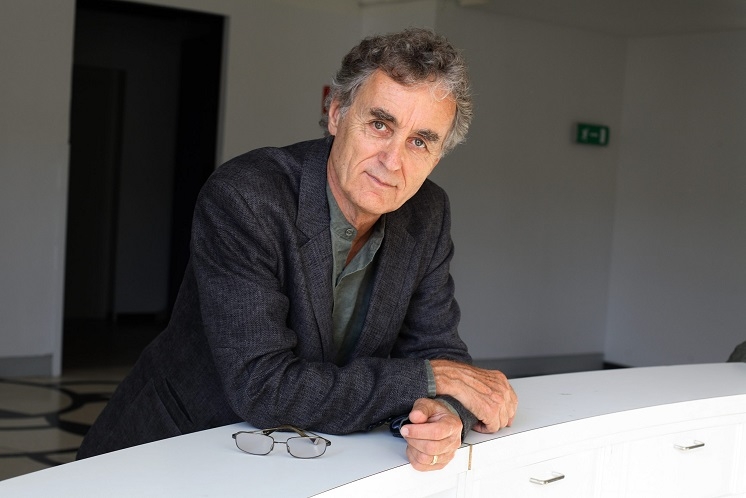Of science and spirituality
24 Sep 2024 11:34:14
Fritjof Capra■ By Vijay Phanshikar :Quantum theory thus reveals a basiconeness of the universe. It shows that wecannot decompose the world intoindependently existing smallest units. Aswe penetrate into matter, nature does notshow us any isolated “building blocks”, butrather appears as a complicated web ofrelations between the various parts of thewhole. These relations always include theobserver in an essential way. The humanobserver constitutes the final link in thechain of observational processes, and theproperties of any atomic object can beunderstood only in terms of the object’sinteraction with the observer.- Fritjof Capra,Theoretical physicist,author of iconic books such as‘The Tao Of Physics’,and philosopher

QUITE a complex and deep observation
linking science and spirituality!
But why Fritjof Capra alone, countless
other scientists also have
reached more or less similar
conclusions about oneness of
the universe that cannot be
understood by segmenting it
into different parts. But Fritjof Capra takes
the comprehension to another level --
including the observer as integral to the
complex web of the universe. In his deep
and lifelong consideration of physics,
Capra arrives at an invariable conclusion
that there is no separation between the
process and its observer.
Though many scientists have reached
this point in their supreme
comprehension of the process of creation
and its subsequent expansion, modern
science as such appeared to take a
different view of the universal activity. It
tended to consider the universe as a
collage of many different and seemingly
diverse parts.
Ancient Indian (and even
eastern) science did not subscribe to this
view and looked at the universe as a
superbly and vastly expanded unity
expressed in diverse manners.
Eventually, modern science, too, started
taking its researchers to that invariable
point of UNITY -- the Brahman ! Fritjof
Capra even talked of a spiritual
experience he had once as he sat on a
Mediterranean Sea shore. He sensed that
millions of ions were descending upon the
water surface and then returning to the
skies in sort of a convection current or
flow. That cosmic phenomenon so excited
Capra that he sensed that what he saw was
the Dance of Shiva. Based on that spiritual
visualisation, Capra then created a
painting titled ‘The Dance Of Shiva’
(which later became internationally
famous) in a way demonstrating unity of
science and spirituality.
The most important aspect of Fritjof
Capra’s finding, however, was that he
found the observer of various processes of
the universe as not something or
somebody different or separated. Instead,
he realised that even the observer is
integral to the process he is (so called)
observing.
In other words, Fritjof Capra
realised that even the observer is an
integral part of the harmonious world that
expresses itself in different
ways and forms that are linked
inseparably to one another.
But of course, the ‘point’ of
view (or angle) is different. So
came into existence a fine observation in
Sanskrit, Ekam Sat Viprah Bahuda Vadanti
(The truth is the same, but wise people
arrive at it from different angles or directions).
Fritjof Capra realised it so very well -- so
much so that he observed at another
point:
The mystic and the physicist arrive at the
same conclusion; one starting from the
inner realm, the other from the outer
world. The harmony between their views
confirms the ancient Indian wisdom that
Brahman, the ultimate reality without, is
identical to Atman, the reality within.
Thus, the Brahman reflects itself in
every form -- animate or inanimate --
which the mystic and physicist realise
from two different angles.
Science and spirituality are thus
engaged in a continuum whose
decomposition is not possible.
